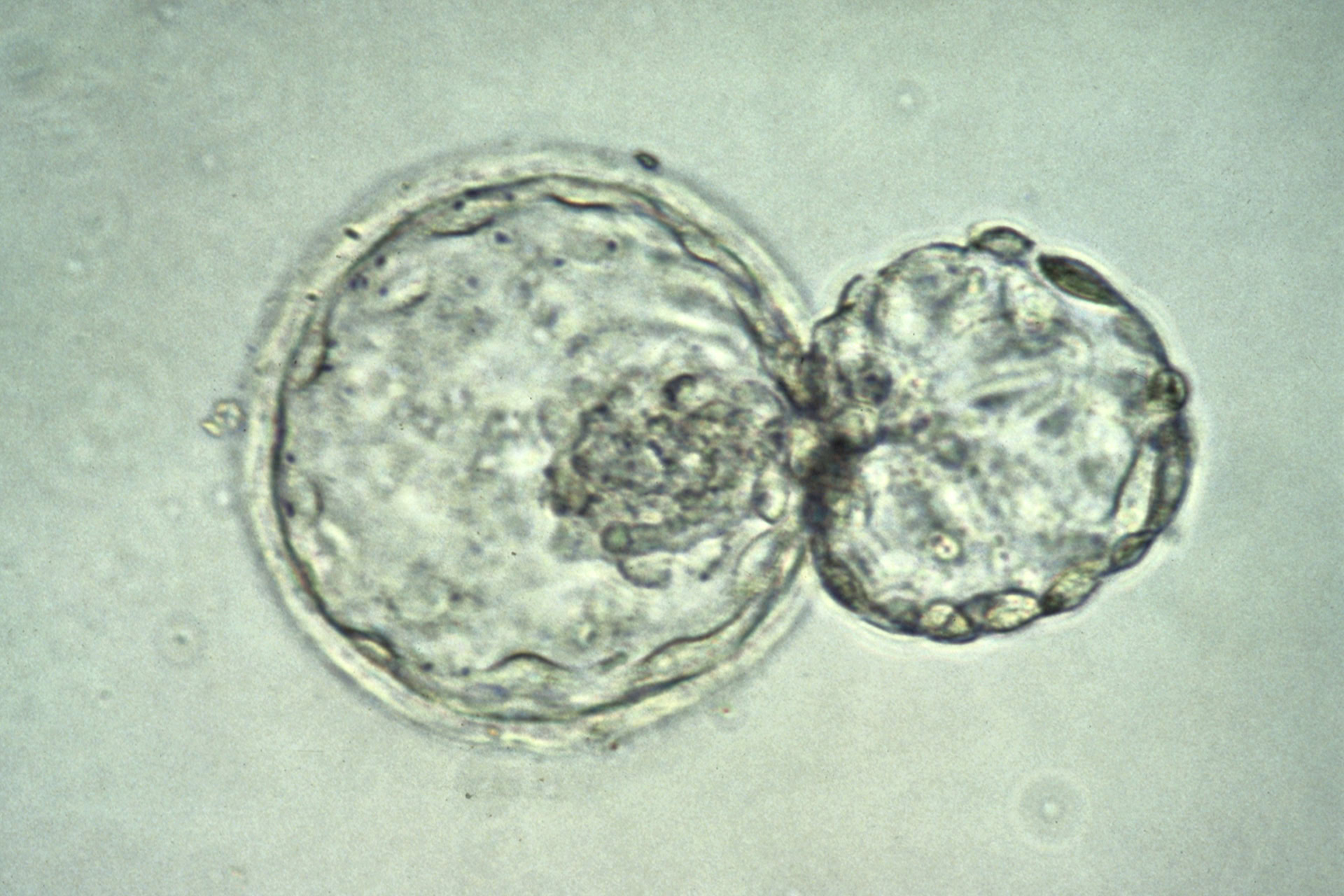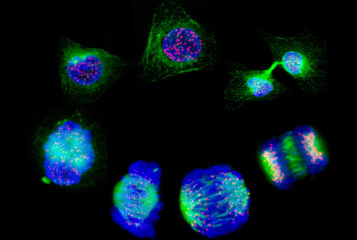Researchers have discovered the earliest known effect of the Huntingtin (Htt) gene variant which causes Huntington's disease (HD).
While people are mostly diagnosed with HD in midlife, this is often after the gene has already affected neurons in the patient's brain. Now, using synthetic embryo-like structures known as 'gastruloids' (see BioNews 1072) made from human embryonic stem cell, researchers from the Laboratory of Synthetic Embryology at Rockefeller University, New York have shown the gene variant affects the human embryo during a phase known as gastrulation, which occurs around two weeks after fertilisation.
'When the patient goes to the doctor, that’s when the last dominoes have fallen. But the first domino is pushed in the developmental phase,' said Professor Ali Brivanlou, head of the Laboratory of Synthetic Embryology at Rockefeller University. 'Knowing this trajectory, we may be able to block the progression of the disease.'
HD is an inherited degenerative condition caused by a faulty gene that affects the nerve cells in the brain over time. Patients die around 20 years after initial diagnosis, which mainly occurs between the ages of 30-50, though there is thought to be a prodromal phase of 7-10 years for some patients before the main onset of symptoms. Symptoms include problems with motor control, swallowing and speaking, difficulty concentrating and memory lapses, depression and personality changes. Parents who have the condition have a 50 percent chance of passing it on to their children.
The existence of too many CAG repeats on the Htt gene is behind the problems experienced by people with HD, and evidence suggests the longer the length of these repeats, the more severe the symptoms and the earlier onset of the disease is.
The team had previously discovered that changes occur in the brains of embryos with the faulty Htt gene just as they start to develop. In their latest research published in the journal Development they created synthetic embryo-like structures with normal and HD-like CAG repeat lengths on the Htt gene using CRISPR/Cas9 editing.
They showed changes in the cell signalling occurred as gastrulation started, which led to the differentiated germ layers having different sizes when compared to the structures created without the faulty gene variants. The effect was more pronounced the higher the number of CAG repeats on the gene variant used. 'It's a phenotypic signature – you can see it with your eyes,' said Professor Brivanlou.
Next researchers want to find out how the embryo corrects for some of the changes that occur at gastrulation, as patients are often symptom free for decades before diagnosis. 'Understanding those mechanisms may be the key to developing new treatments that delay the symptoms, or even cure the disease,' Professor Brivanlou said.
Sources and References
-
Huntingtin CAG expansion impairs germ layer patterning in synthetic human 2D gastruloids through polarity defects
-
Study detects origins of Huntington's disease in two-week-old human embryos
-
Huntington’s Disease effects detected in first two weeks of embryonic development
-
Two-week-old human embryos reveal origin of Huntington’s disease
-
Tracing Huntington's Disease back to gastrulation






Leave a Reply
You must be logged in to post a comment.